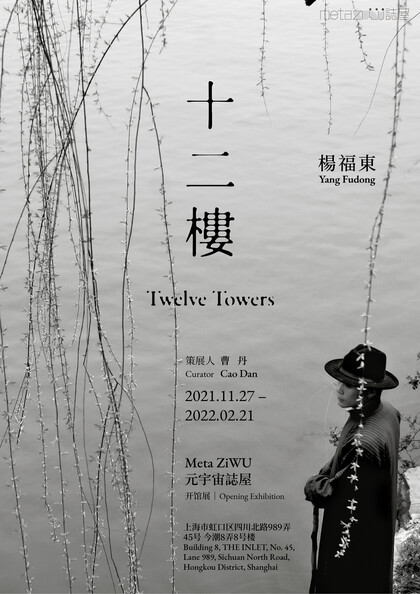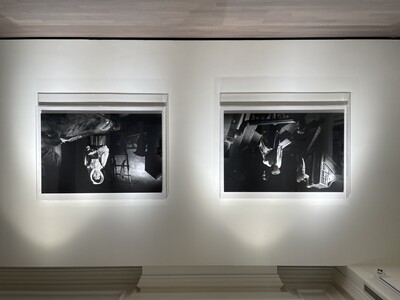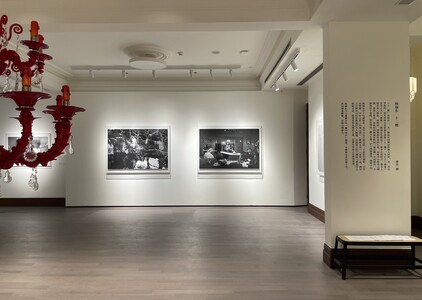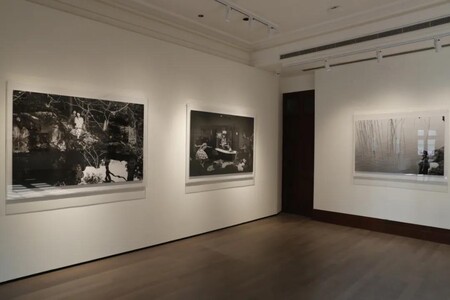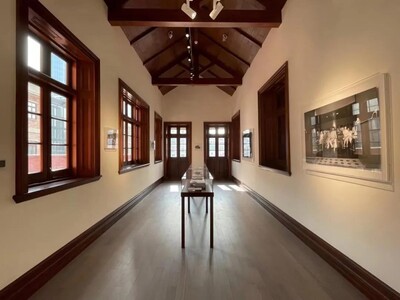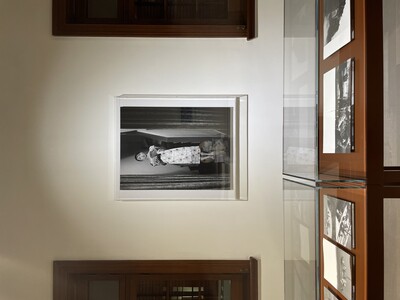Solo Exhibition Meta Ziwu, Shanghai
The linguistic traces of Twelve Towers have two provenances: the residence of immortals in Chinese mythology, and Li Yu’s collection of vernacular short stories in Zhanghui style, “Twelve Towers”. The “exhibition” as to the current people is in fact the elegant gathering as to the ancients. Holding the time and space of the twelve pavilions, Yang Fudong has walked slowly into the scroll with friends, as if re-reading chapters of a novel he was once familiar with: speculating the subtlety of its plot while admiring the ingeniousness of its suspense. A western clairvoyant mirror in his hand, Yang is just like Li Yu’s protagonist Cui Ji, who is endowed with great sight and incredible access in the chapter “Xia Yi Lou”, filling his eyes with the marvellous charm of Shanghai.
Yang Fudong knows too well in exploring the real with the imaginary, intertwining realistic depiction with similes. He often discerns the most sophisticated traits from things’ very nature. Since his early works (Seven Intellectuals in Bamboo Forest; No Snow on the Broken Bridge; and The Nightman Comets), Yang expresses his thoughts on the present-day through ancient tales and historical allusions, creating anachronistic narratives where his ethereal ideas are easily found. How viewers realize the current world through such works is rather difficult for the realistic methodology to follow suit.
Today, in front of many like-minded friends, Yang’s chance encounter with the hundred-year-old shikumen-style house is a soul-stirring chant to the building’s renascence.
More Pictures:

